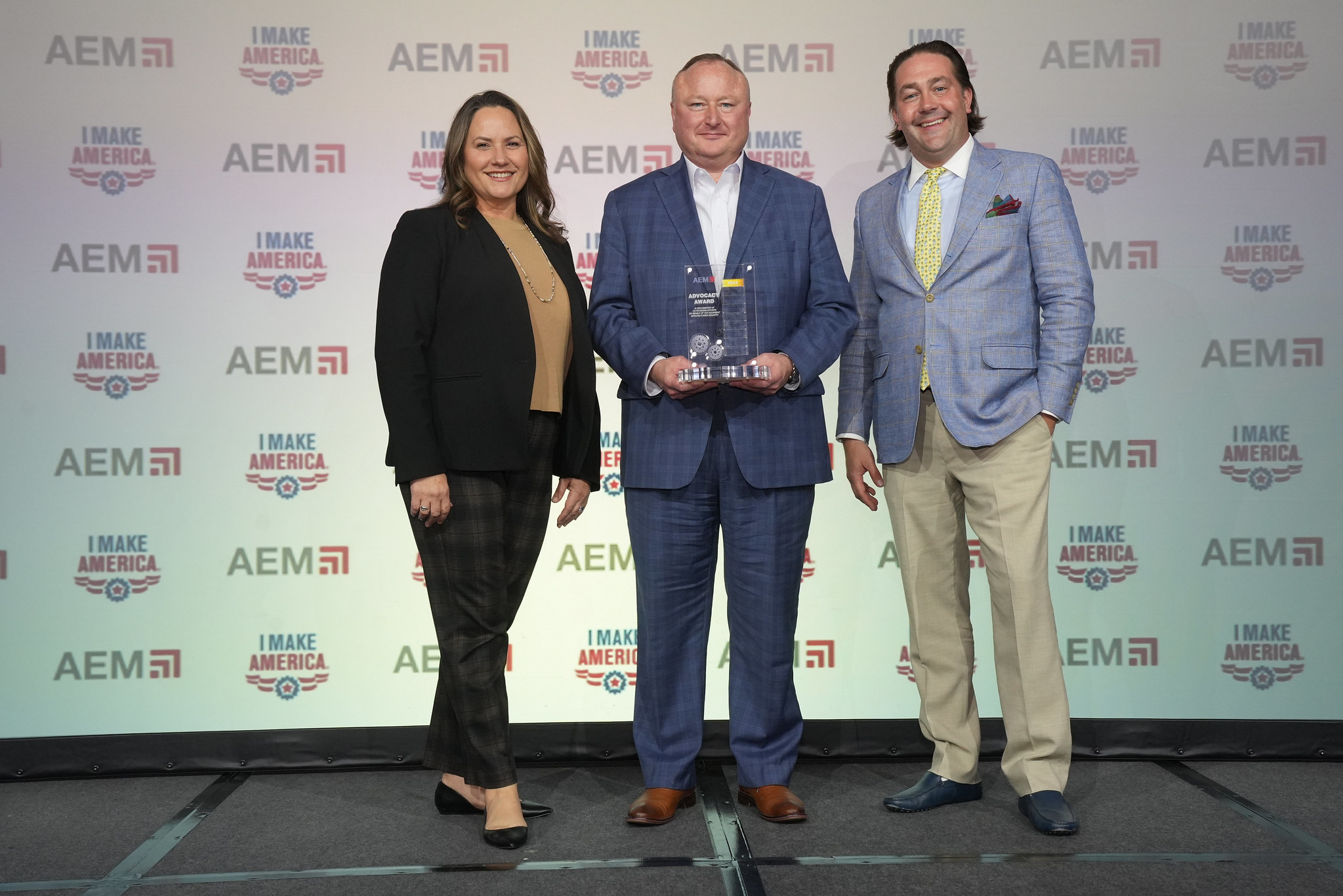By Jason Malcore, AEM Director of Global Standards and Compliance
Over the last five years, the United Kingdom (UK) and the European Union (EU) have mostly concluded the process of their long and tumultuous divorce, in what’s been commonly referred to as Brexit. While the UK formally completed its separation from the EU on Dec. 31, 2020, when it withdrew from the European Single Market, the European Customs Union, the Common Agricultural Policy and the Common Fisheries Policy, there remain several lingering issues waiting resolution before the process is complete.
For equipment manufacturers looking to sell their products into both trade zones, it’s important to understand the current regulatory environment and the requirements needed to comply with both UK and EU law.
The Northern Ireland Border
The Good Friday Agreement (GFA) represented a major turning point in ending the decades of civil and political strife in Northern Ireland. As part of the GFA, the UK agreed to remove military and customs border checkpoints between Northern Ireland and the Republic of Ireland, an institution known as the so-called “Hard Border.”
Under the umbrella of the EU Customs Union, goods could freely move across the border of Northern Ireland and the Republic of Ireland, as both countries operated under the laws of the EU’s product compliance regulations and the EU free trade zone. Post-Brexit, the Irish border became the only land border between the EU and the UK. Without checkpoints to enforce regulatory and customs requirements, the open border threatened the entire negotiation process between the UK government and the EU.
Due to the sensitive nature of “Hard Borders” in Ireland, and the continued pressure to complete the larger Brexit process, the UK government offered a backstop agreement known as the Northern Ireland Protocol. From an equipment manufacturer’s perspective, under the protocol:
- The Irish border will remain unobstructed, avoiding the establishment of any “Hard Border” checkpoints.
- Northern Ireland will remain in the UK customs territory. The UK will levy tariffs on products deemed “at risk” of being transferred to the EU through the Irish border. If the products final destination is in Northern Ireland, firms may claim a rebate on goods that have lower tariff rates than those found in the EU. The UK and EU promise further cooperation to identify at-risk products to monitor.
- Northern Ireland will continue to comply with EU product Compliance regulations. From a product standpoint, this means that goods placed on the market in Northern Ireland must continue to use the CE marking to show products and goods meet EU rules. If a manufacturer uses a UK certification body to perform third-part conformity assessments, they will need to apply a UKNI marking along with the standard CE marking to show compliance.
- Firms operating in Northern Ireland may place goods into the UK with the CE and UKNI mark, assuming the goods meet certain administrative provisions.
Product Safety Rules
In the pre-Brexit era, the European Single Market provided manufacturers a level of certainty regarding product requirements and certifications. With one set of rules for the entire continent, there was no need to worry about designing products to meet conflicting requirements in France, Germany and Great Britain. While Brexit threatens the long-term stability of the European regulatory environment, in the short and medium-term Brexit negotiators established administrative relief provisions to ensure manufacturers have an extended transition period needed to comply with UK law.
As of Jan. 1, 2021, Products intended for sale in England, Wales, or Scotland (Great Britain), must meet the United Kingdom Conformity Assessment (UKCA) standards for any relevant UK products laws and apply the UKCA mark as defined in UK legislation. Manufacturers must meet the following requirements:
- All goods within scope of applicable UK product regulations must meet the self-declaration requirements or UK approved certification body requirements.
- Until Dec. 31, 2022, products correctly marked with the European CE mark may continue to be sold into Great Britain.
- Jan. 1, 2023, the UK government will only accept the UKCA mark to prove conformance with relevant rules and requirements.
- Until Jan. 1, 2023, the UKCA mark can either be affixed directly to the product or an accompanying document. Afterwards, the UKCA mark must be affixed directly on the product.
- The UKCA mark does not apply to Northern Ireland.
This administrative arrangement assumes EU and UK law does not diverge in their compliance standards. If the rules do start to diverge, the UK will forbid manufacturers from using the CE mark to prove compliance with the law. So, it will be important to monitor UK and EU regulatory developments to ensure your companies can maintain market access.
Brexit is a complex, politically charged, and ever-changing issue. The final chapter has probably not yet been written, but AEM will stay engaged to keep you and your companies up to date. If you want to learn more about this issue or wish join AEM’s Safety & Product Leadership committees to stay engaged, please reach out to AEM of Director of Global Compliance Jason Malcore at Jmalcore@aem.org.
AEM Safety & Product Leadership
"Do it once, do it right, do it globally" has been the longstanding motto of AEM’s Safety & Product Leadership Department, and it guides efforts to address ever-increasing global demands on equipment manufacturers to develop machines that are safe, productive and compliant. To learn more about AEM’s Safety & Product Leadership activities, visit https://www.aem.org/safety-product-leadership.
For more AEM staff perspectives, subscribe to the AEM Industry Advisor.





